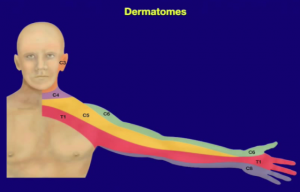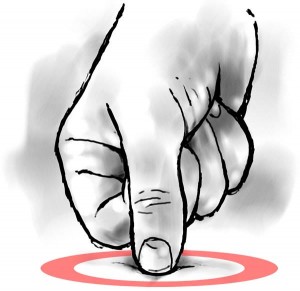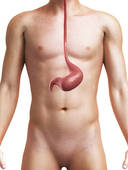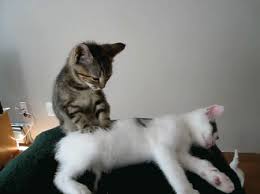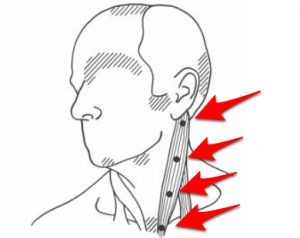Smart phones have created an endless employment opportunity for massage therapists – we can relieve the head and neck aches they foster and show clients how to reduce their sting.
At best the glare-y screens will make a users neck stiff and tight to flexion on the side holding the phone. So many people peer down at their screens for hours – often during their breaks from the big screen pc’s used for work – that the smart phone has its own “pathology” when it comes to massage therapy.
Addressing problems of smart phones requires a good touch on one of the neck’s most strident muscles – the rectus capitis and spinalis group.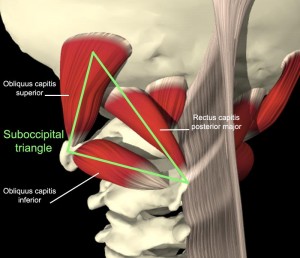
The rectus guys are holding the rappelling ropes of the cranium when people flex down to reduce smart phone glare. They work quite painlessly for hours until the ultimate protest – a tension headache spreading across the occiput and up over the ear and to the vortex of the skull.
A quick fix is to give a “thumbs-up” in the cranial vault. Fingers braced on the opposite side of the spine, thumb gently pressing upward at 45 degrees into the vault.
But the thumb can be an instrument of further strain if that is all we do. When prone, the upper regions of the capitis can be collected between thumb and forefingers and drawn lateral to open bunched fibers.
To use the natural relief of lymph flow, try massage cups from the vault to the thoracic vertebrae. This draws congestion from the occiput to a more forgiving landscape. I like to add the concentric circles of fingertips along the lateral sides of the rectus capitis.
There is a special place in heaven for therapists who take the time to try and convince people not to do the straight-down stare of cell phone addiction. I like to suggest people put the phone at least 15 inches in front of their face, with the phone centered just below the eyes.
We all await a redesign, of course, that will keep our heads from looking like flowers drooping in a vase. One wonders what is next. Projection cell phones? Just point it at a wall and read? Hmmm.

